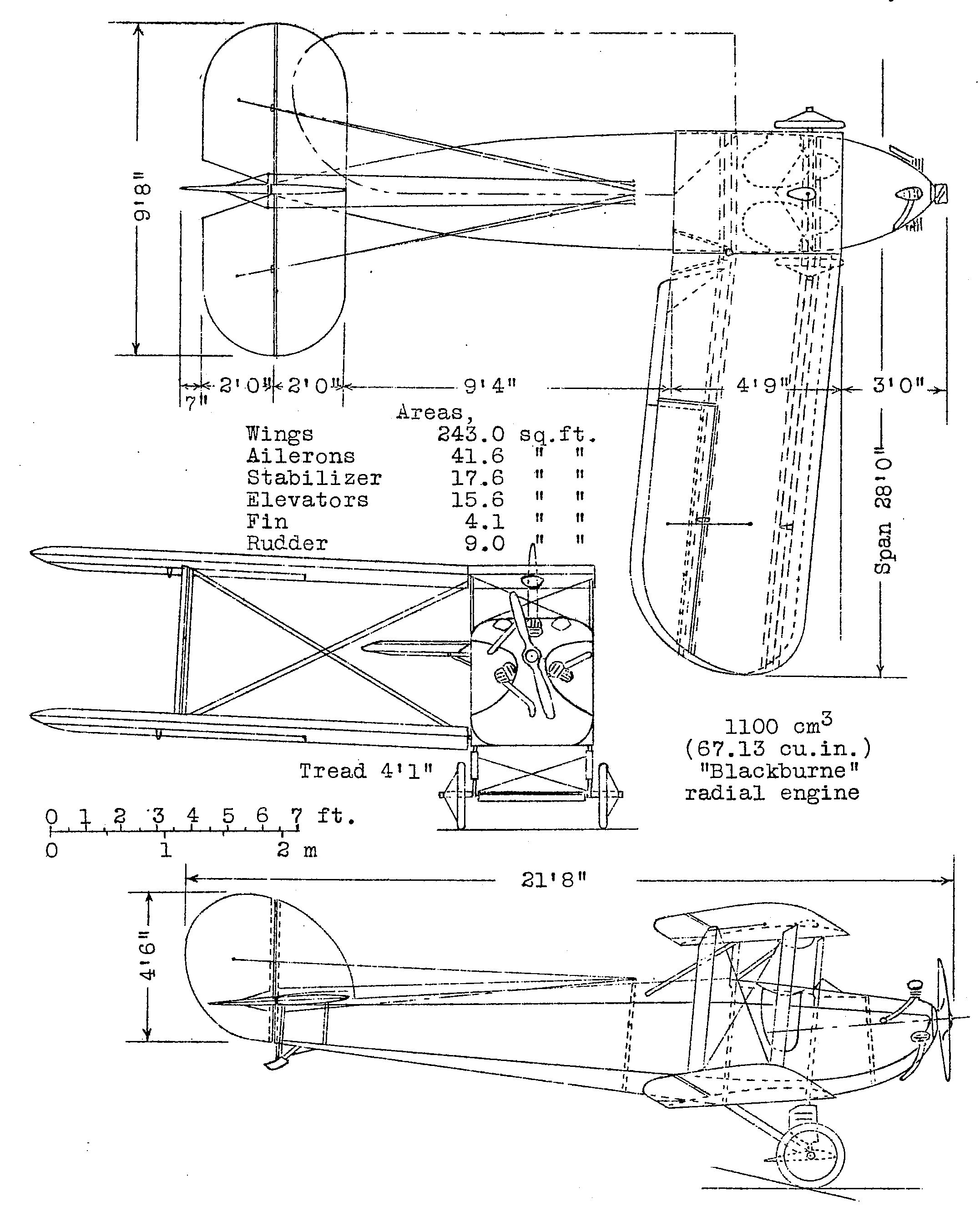Blackburn Bluebird on:
[Wikipedia]
[Google]
[Amazon]
The Blackburn L.1 Bluebird was a British single-engine biplane light trainer/tourer with side-by-side seating, built in small numbers by Blackburn Aircraft in the 1920s.

Design and development
The Bluebird L.1 was initially designed as a competitor in theLympne light aircraft trials
The Lympne Light Aircraft Trials were held to encourage the development of practical light aircraft for private ownership, with a strong but not exclusive emphasis on fuel economy. They were held in 1923, 1924 and 1926. Each year saw different rest ...
to be held in September 1924 for a low-powered two-seater, fitted with a 67 in³ (1,100 cc) Blackburne Thrush
The Blackburne Thrush was a 1,500 cc three-cylinder radial aero-engine for light aircraft produced by Burney and Blackburne Limited. Burney and Blackburne were based at Bookham, Surrey, England and was a former motorcycle manufacturer.
F ...
three-cylinder radial engine
The radial engine is a reciprocating type internal combustion engine configuration in which the cylinders "radiate" outward from a central crankcase like the spokes of a wheel. It resembles a stylized star when viewed from the front, and is ...
. The Bluebird was a wooden single-bay biplane, with folding wing
A folding wing is a wing configuration design feature of aircraft to save space and is typical of carrier-based aircraft that operate from the limited deck space of aircraft carriers. The folding allows the aircraft to occupy less space in a con ...
s and was fitted with a single side-by-side cockpit.Jackson 1974, p. 208.
Although first flying in 1924,Taylor 1989, p. 157 problems with the engine, which failed to give the expected power, meant that it could not compete in the 1924 competition.Jackson 1968, pp. 190–191. It was realised that the machines that resulted from the 1923 and 1924 light aircraft trials were too low-powered for serious use. The Daily Mail sponsored a similar competition in September 1926, this time allowing the use of heavier and more powerful engines. The prototype Bluebird was then fitted with an Armstrong Siddeley Genet
The Armstrong Siddeley Genet was a five-cylinder, air-cooled, radial engine for aircraft use built in the UK, first run in 1926. It developed 80 hp at 2,200 rpm in its final form and was a popular light aircraft powerplant. Followin ...
radial engine and dual controls for entry into the competition. Interest in the Bluebird following the competition and its success in the 1926 Grosvenor Cup air race, which it won, resulted in Blackburn manufacturing a batch of 13 production aircraft, known as the L.1A Bluebird II, which were similar to the prototype, and a further seven modified L.1B Bluebird IIIs.Jackson 1974, p. 209. The Bluebird formed the basis for the all-metal Blackburn Bluebird IV
The Blackburn Bluebird IV was a single-engine biplane light trainer/tourer biplane with side-by-side seating designed by the British aviation manufacturer Blackburn Aircraft. It was an all-metal development of the wooden Blackburn Bluebird I, ...
.
Operational history
The wooden Bluebirds were used mainly by flying clubs, and were heavily used, but several were quickly written off, with only three surviving for more than four years.Jackson 1974, p. 210. One Bluebird II was fitted with floats and another, the Bluebird III prototype, was fitted with anADC Cirrus
The ADC Cirrus is a series of British aero engines manufactured using
surplus Renault parts by the Aircraft Disposal Company (ADC) in the 1920s.
The engines were air-cooled, four-cylinder inline types. They were widely used for private and li ...
engine as a testbed for the Bluebird IV.Jackson 1974, pp. 209–210. The last wooden Bluebird was destroyed in a firefighting demonstration in 1937.
Variants
;L.1 Bluebird I: Prototype. Originally powered byBlackburne Thrush
The Blackburne Thrush was a 1,500 cc three-cylinder radial aero-engine for light aircraft produced by Burney and Blackburne Limited. Burney and Blackburne were based at Bookham, Surrey, England and was a former motorcycle manufacturer.
F ...
engine, later refitted with Armstrong Siddeley Genet
The Armstrong Siddeley Genet was a five-cylinder, air-cooled, radial engine for aircraft use built in the UK, first run in 1926. It developed 80 hp at 2,200 rpm in its final form and was a popular light aircraft powerplant. Followin ...
I radial engine and dual controls.
;L.1A Bluebird II: Production. Powered by Genet II engine. 13 built.Jackson 1968, p. 250.
;L.1.B Bluebird III: Modified internal structure. One prototype and six production aircraft.Jackson 1968, pp. 253–254.
Operators
; *Royal Air Force
The Royal Air Force (RAF) is the United Kingdom's air and space force. It was formed towards the end of the First World War on 1 April 1918, becoming the first independent air force in the world, by regrouping the Royal Flying Corps (RFC) an ...
Specifications (Bluebird II, III)

See also
Notes
References
* * * {{Blackburn aircraft 1920s British sport aircraftBluebird
The bluebirds are a North American group of medium-sized, mostly insectivorous or omnivorous birds in the order of Passerines in the genus ''Sialia'' of the thrush family (Turdidae). Bluebirds are one of the few thrush genera in the Americas.
...
Single-engined tractor aircraft
Biplanes
Aircraft first flown in 1924